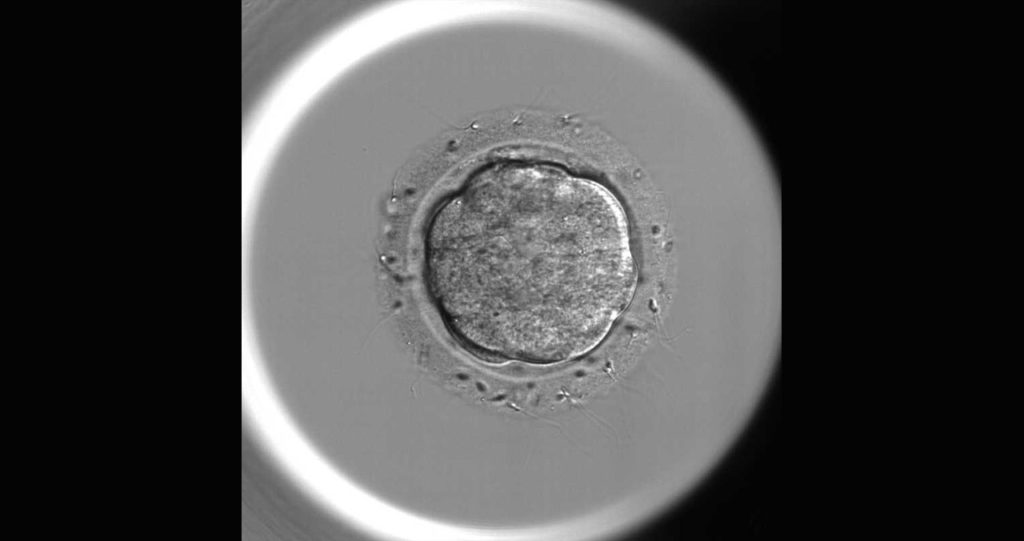
Article:
Blastocysts from partial compaction morulae are not defined by their early mistakes
Monica Parriego, Lluc Coll, Beatriz Carrasco, Sandra Garcia, Montserrat Boada, Nikolaos P Polyzos, Francesca Vidal, Anna Veiga.
Reprod Biomed Online. 2023 Nov 18;48(4):103729.
DOI: 10.1016/j.rbmo.2023.103729
A group of researchers at Dexeus Mujer, led by Dr. Mònica Parriego, has conducted a retrospective study to analyze whether partial compaction during morula formation in blastocysts can influence the developmental capacity and implantation potential of an embryo compared to those with complete compaction.
The researchers analyzed a total of 872 embryos derived from 196 preimplantation genetic diagnosis cycles performed by 165 patients for aneuploidy (PGT-A). A total of 430 embryos did not include at least one cell during compaction (representing 49,3%), while the remaining 442 embryos formed a fully compacted morula (50,7%).
The possible effect of maternal age and ovarian response on compaction was analysed. The morphokinetic characteristics, blastocyst formation rate, morphology and cytogenetic constitution of the blastocysts obtained were compared. Comparisons of reproductive outcomes after transfer of euploid blastocysts from both groups were established. Finally, in a subset of embryos, the concordance of the chromosomal constitution of the abandoned cells and the corresponding blastocyst was assessed by trophectoderm biopsies.
According to the authors, partial compaction morulae show a reduced developmental ability compared with full compaction morulae. Resulting blastocysts from both groups, however, have similar euploidy rates and reproductive outcomes. Cell exclusion might be a consequence of a compromised embryo development regardless of the chromosomal constitution of the excluded cells. Neither female age nor the number of oocytes collected affected the prevalence of partial compaction morulae.